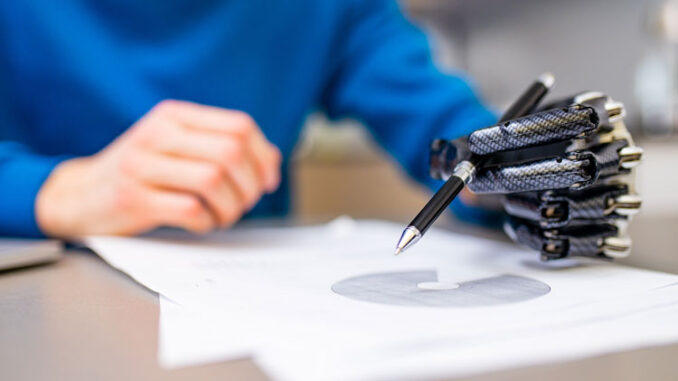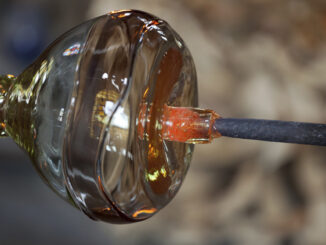
You might have seen people with wooden peg legs or metal hook-shaped hands in movies. These are early examples of prosthetics that could have been used by anyone who had lost a hand or leg. A prosthesis is an artificial extension that replaces a body part. These early prosthetics were heavy, uncomfortable, and their function was limited. Modern prosthetics not only look more like the real thing, many work more like them too. Recent advances also make them easier to use and more affordable.
Older prosthetics were heavy because they were made of wood and heavy metals such as bronze and iron. Modern prosthetics are lightweight because they are made of plastics and lightweight metals such as aluminum and titanium.
Today, the power for prosthetic limbs can come from different sources. Some prostheses are powered by cables that are connected to other parts of the body. The cable serves as the muscle that produces movement. Other prosthetics are powered by motors.
Prosthetics can also be controlled in different ways. A natural limb is controlled by a person’s brain. Some prosthetics are controlled by other parts of the body through buttons, sensors, or cables. Advanced prosthetic limbs use electrical signals from a person’s brain. Like with a natural limb, the person thinks about moving the limb and the prosthesis moves.
Though functional, current technologies are very expensive and can be difficult to use. This means that there are many people who cannot access this technology. A new prosthetic hand is powered and controlled by the user’s breathing. This new technology is both easy to use and affordable. This makes it available to children and those in developing parts of the world.
What Do You Think? Why is it important to make prosthetic technology available to more people?
Photo Credit: yurakrasil/Shutterstock



